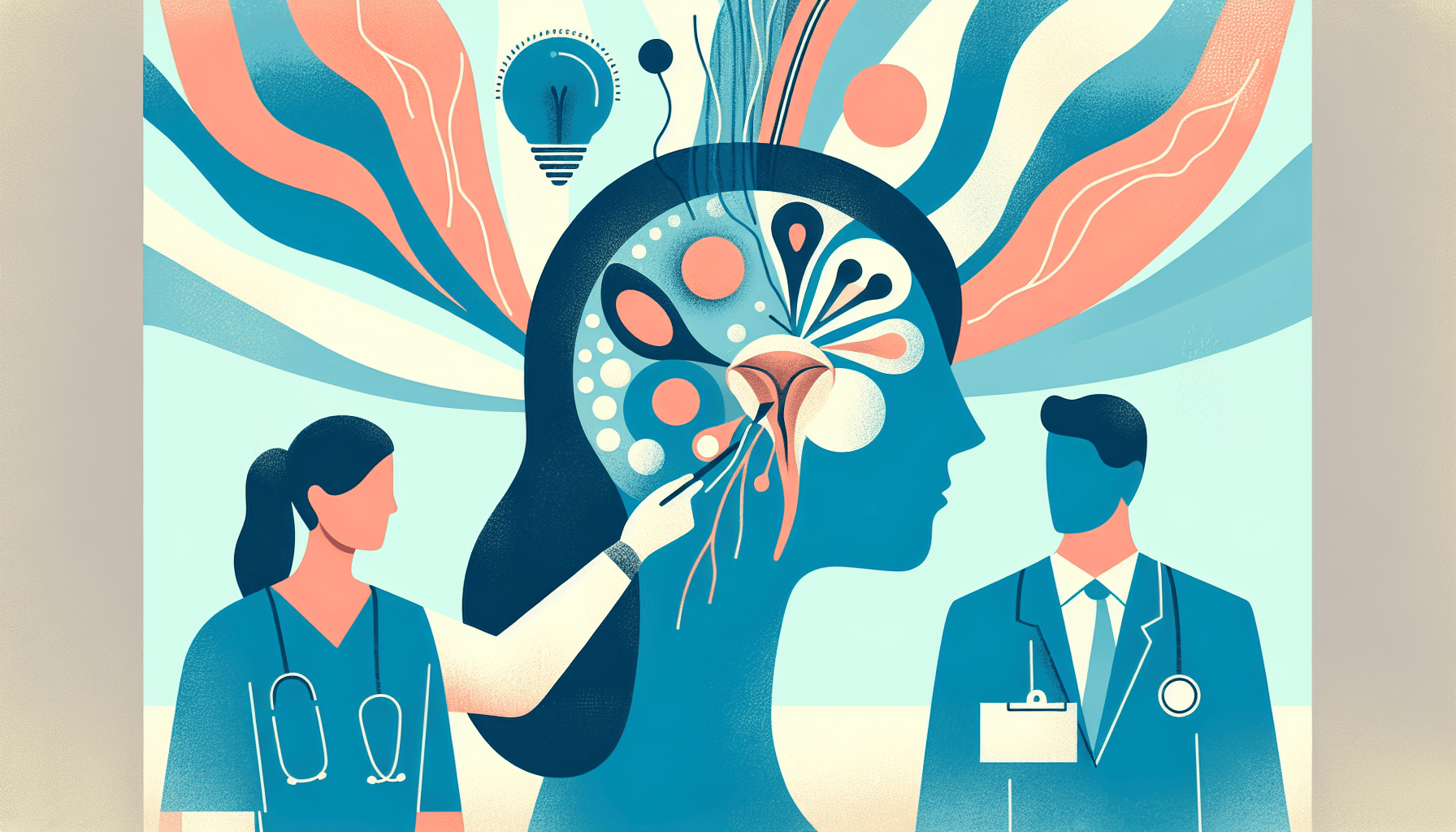Why Is My Nose Twitching?
Nose twitching is a curious and sometimes unsettling sensation that many people experience at some point. Whether it’s a brief spasm or a persistent twitch, the involuntary [...]
Read More
Medically reviewed by Abhijit Bhattacharyya | MD, PhD, MBA, Tufts University School of Medicine - Miami, Florida on April 15th, 2024.
Pudendal neuralgia is a rare condition that causes pain, discomfort, or numbness in the pelvic area or genitals. This condition occurs when the pudendal nerve, a major nerve in the lower body, becomes damaged or irritated. Pudendal neuralgia can make everyday activities like using the bathroom, having sex, or sitting down difficult and uncomfortable.
Several factors can contribute to the development of pudendal neuralgia, including:
Injury to the pelvic area
Surgery in the pelvic region
Childbirth
Tumors or infections that compress or irritate the pudendal nerve
Certain types of exercise, such as prolonged cycling
The symptoms of pudendal neuralgia typically manifest in the lower body, genitals, or perineum (the area between the genitals and anus). Common symptoms include:
Sharp or burning pain
Increased sensitivity
Numbness or a pins-and-needles sensation
Swelling or a feeling of fullness
These symptoms may worsen when sitting down and can also affect both sides of the body, extending into the abdomen, buttocks, or legs. Additionally, individuals with pudendal neuralgia may experience:
Sudden or frequent urges to urinate
Pain or difficulty during sexual intercourse
Erectile dysfunction in men

If you experience pelvic pain, it is essential to consult your doctor. During your appointment, your doctor will ask about your symptoms and perform a physical examination, which may involve applying pressure to the pudendal nerve through the vagina or rectum. Additional diagnostic tests may include:
MRI scans to visualize the internal organs and structures
Pudendal nerve block, an injection to numb the nerve and assess symptom relief
Treatment for pudendal neuralgia typically involves a combination of physical therapy, lifestyle changes, and medication. Some effective treatment options include:
Maintaining good posture by sitting up straight or standing more often to reduce pressure on the pudendal nerve
Avoiding exercises that can exacerbate symptoms, such as squats or cycling
Physical therapy focuses on relaxing and stretching the pelvic floor muscles, which can help alleviate pressure on the pudendal nerve. It can also assist with managing bladder or bowel control issues related to pudendal neuralgia.
Muscle relaxants to help relieve symptoms
Medications typically used for treating depression or epilepsy, which may provide relief
Nerve block injections containing numbing agents or anti-inflammatory drugs to reduce pressure on the nerve
In rare cases, surgery may be recommended to remove any structures compressing the pudendal nerve or to implant a small electrical device that stimulates the nerve and interrupts pain signals sent to the brain.
If you suspect you may have pudendal neuralgia, it is crucial to seek medical advice from a healthcare professional. With proper diagnosis and treatment, it is possible to manage the symptoms of this condition and improve your quality of life.
For more information on pudendal neuralgia and pelvic pain, visit:
Nose twitching is a curious and sometimes unsettling sensation that many people experience at some point. Whether it’s a brief spasm or a persistent twitch, the involuntary [...]
Read MoreAn itchy sensation on the roof of the mouth can be uncomfortable and puzzling. This symptom can arise for various reasons, ranging from mild irritations to underlying health [...]
Read MoreUnderstanding your ovulation cycle can be a game-changer when trying to conceive or simply wanting to understand your body better. One of the most reliable tools to track [...]
Read More